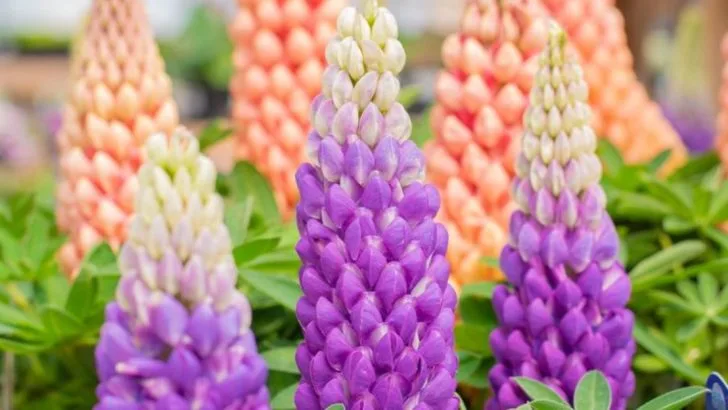Not every harvest ends up on a plate. Some of the most powerful plants in your garden exist not to feed you—but to feed the invisible world beneath your feet. These unsung heroes nourish microbial life, creating a ripple effect that boosts soil fertility, plant health, and ecosystem resilience.
By planting with soil microbes in mind, you begin to garden from the ground up—literally. Certain roots exude complex sugars, acids, and proteins that awaken dormant fungi, stimulate beneficial bacteria, and even suppress disease-causing organisms. It’s a hidden exchange of nutrients, trust, and chemistry.
In this article, we’ll explore the plants that are prized not for their fruit or flowers, but for their rhizosphere magic—how they create a living soil system that quietly sustains the rest of your garden long after they’ve disappeared from view.
Lupines
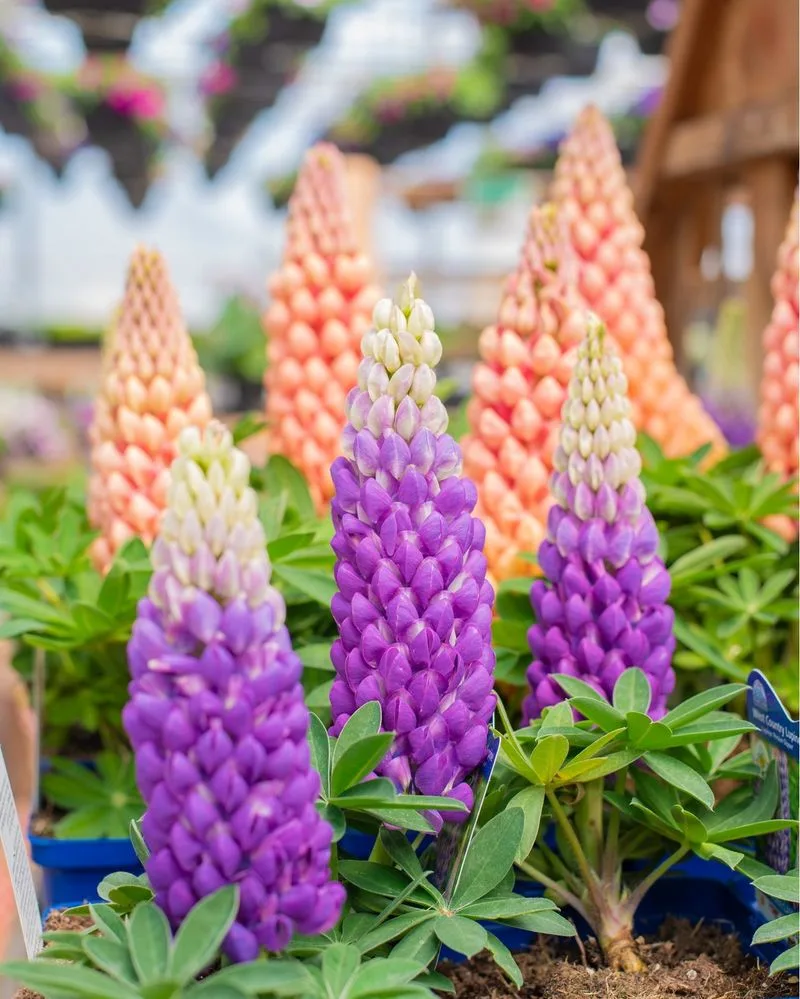
A vibrant burst of color in any garden, lupines are more than just visually appealing. These plants engage in a symbiotic relationship with nitrogen-fixing bacteria in the soil. By providing carbohydrates through their roots, they help convert atmospheric nitrogen into a form that plants can absorb. This not only benefits the lupines themselves but also enriches the soil for nearby plants.
The presence of lupines can significantly enhance soil fertility. Gardeners often use them as green manure, tilling them back into the soil to replenish nutrient levels. Their ability to modify soil composition makes them a favorite among eco-conscious gardeners.
Clovers

Known for their iconic three-leaf design, clovers perform a critical function in soil ecosystems. They host Rhizobium bacteria in root nodules, facilitating nitrogen fixation. This natural process reduces the need for synthetic fertilizers, making clovers an eco-friendly choice for sustainable agriculture.
Clovers are resilient and thrive in diverse environments, from pastures to lawns. Their inclusive nature allows them to support a variety of microbial communities, enhancing biodiversity. Beyond their ecological benefits, clovers are also appreciated for their drought and shade tolerance, making them versatile players in the plant world.
Alder Trees
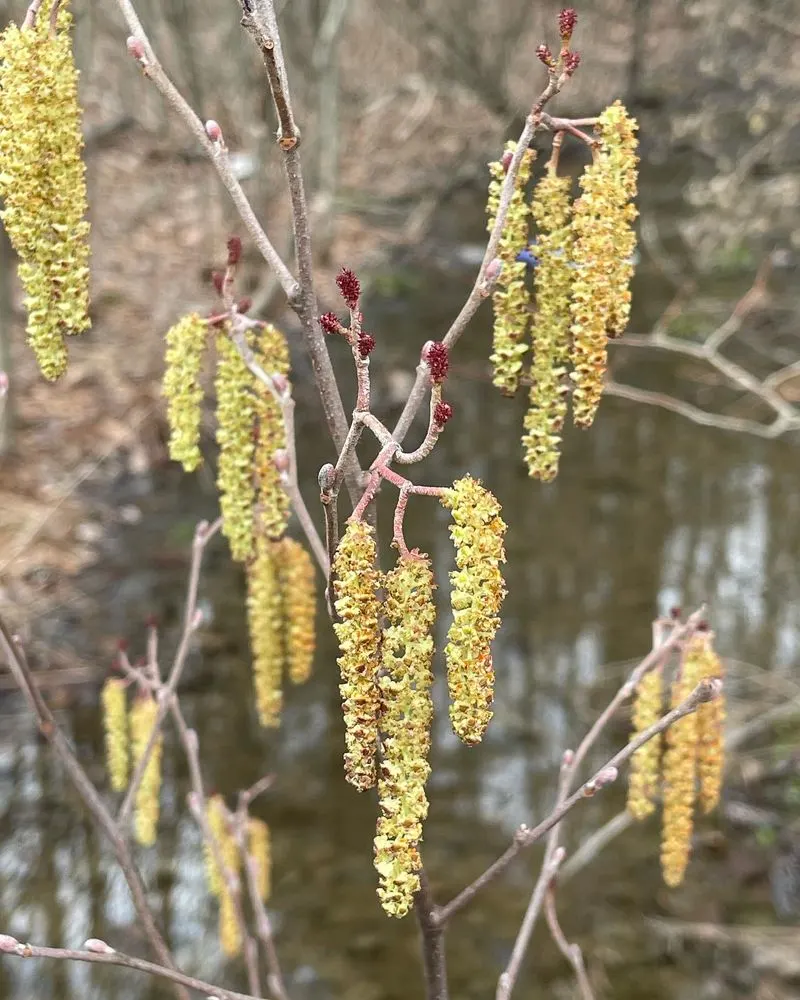
Alder trees are unsung heroes in riparian zones. These trees host a mutualistic relationship with Frankia bacteria in their roots, fixing nitrogen into the soil. This capability allows alder trees to thrive in nutrient-poor soils, stabilizing riverbanks and preventing erosion.
Their deciduous nature means they annually drop leaves, adding organic material to the soil. This leaf-litter decomposition further supports microbial communities. Alders also provide habitat for various wildlife species, making them integral to both terrestrial and aquatic ecosystems. Their presence is a testament to nature’s intricate balance and interdependence.
Alfalfa

Alfalfa is celebrated for its nutrient-rich qualities, not for human consumption directly, but for its ability to enhance soil health. The deep root systems of alfalfa host nitrogen-fixing bacteria, contributing to its role as a soil nourisher.
Popular in crop rotations, alfalfa improves soil structure and fertility, reducing erosion and increasing water infiltration. It serves as a vital forage crop for livestock, indirectly supporting human agriculture. With its perennial growth habit, alfalfa continues to enrich soil over multiple growing seasons, showcasing its endurance and ecological importance.
Fava Beans
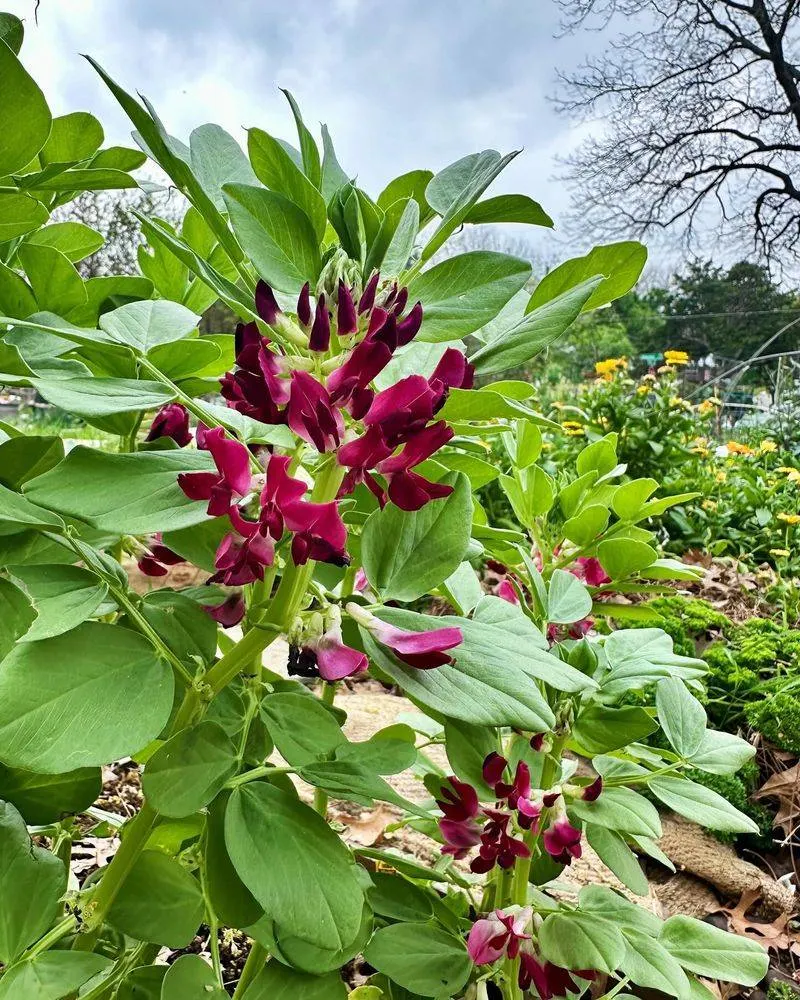
With a legacy stretching back to ancient agriculture, fava beans are a staple not just for humans but for microbes. They engage in nitrogen fixation through symbiotic bacteria in their root nodules, enriching the soil wherever they grow.
Fava beans are often used as cover crops, preventing soil erosion and enhancing fertility between main crop cycles. Their adaptability to different climates makes them a versatile asset in crop management. This dual role as a food source and soil improver underscores their timeless value across cultures and agricultural practices.
Soybeans
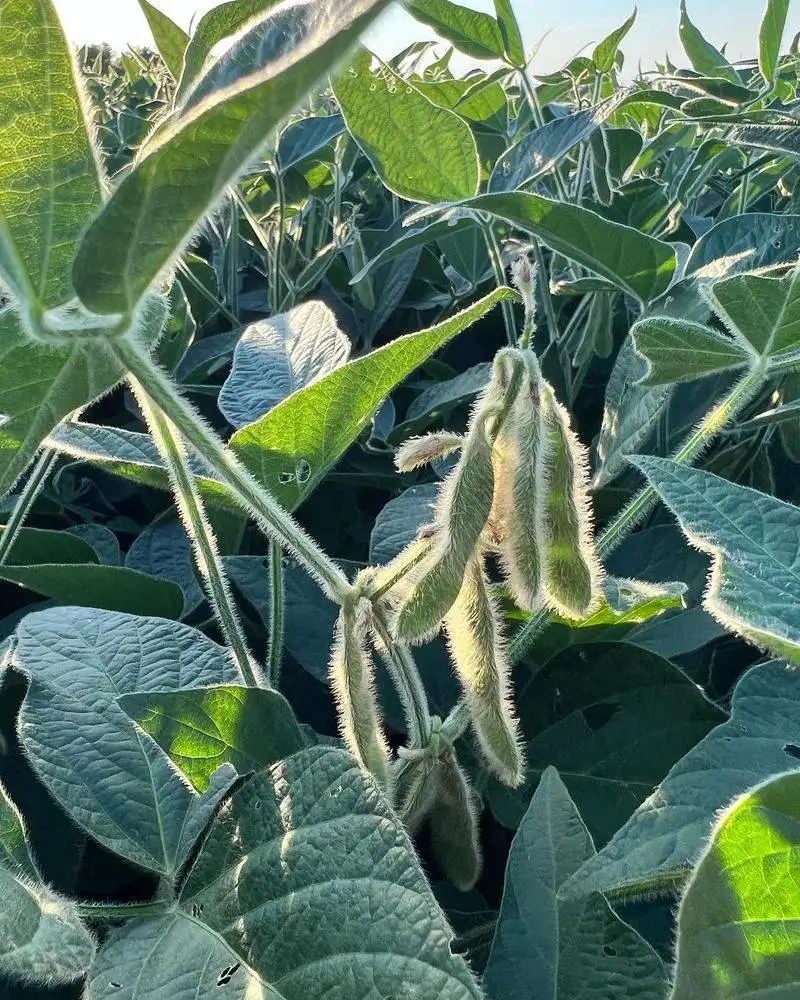
Soybeans are more than a dietary staple; they are central players in sustainable agriculture. Their partnership with nitrogen-fixing bacteria aids in soil enrichment, reducing reliance on chemical fertilizers.
In addition to their agricultural value, soybeans support a thriving microbial ecosystem underground. This symbiosis not only boosts crop yields but also improves soil health over time. The dual benefits of soybeans exemplify how traditional crops can serve ecological functions, balancing human needs with environmental stewardship.
Peas
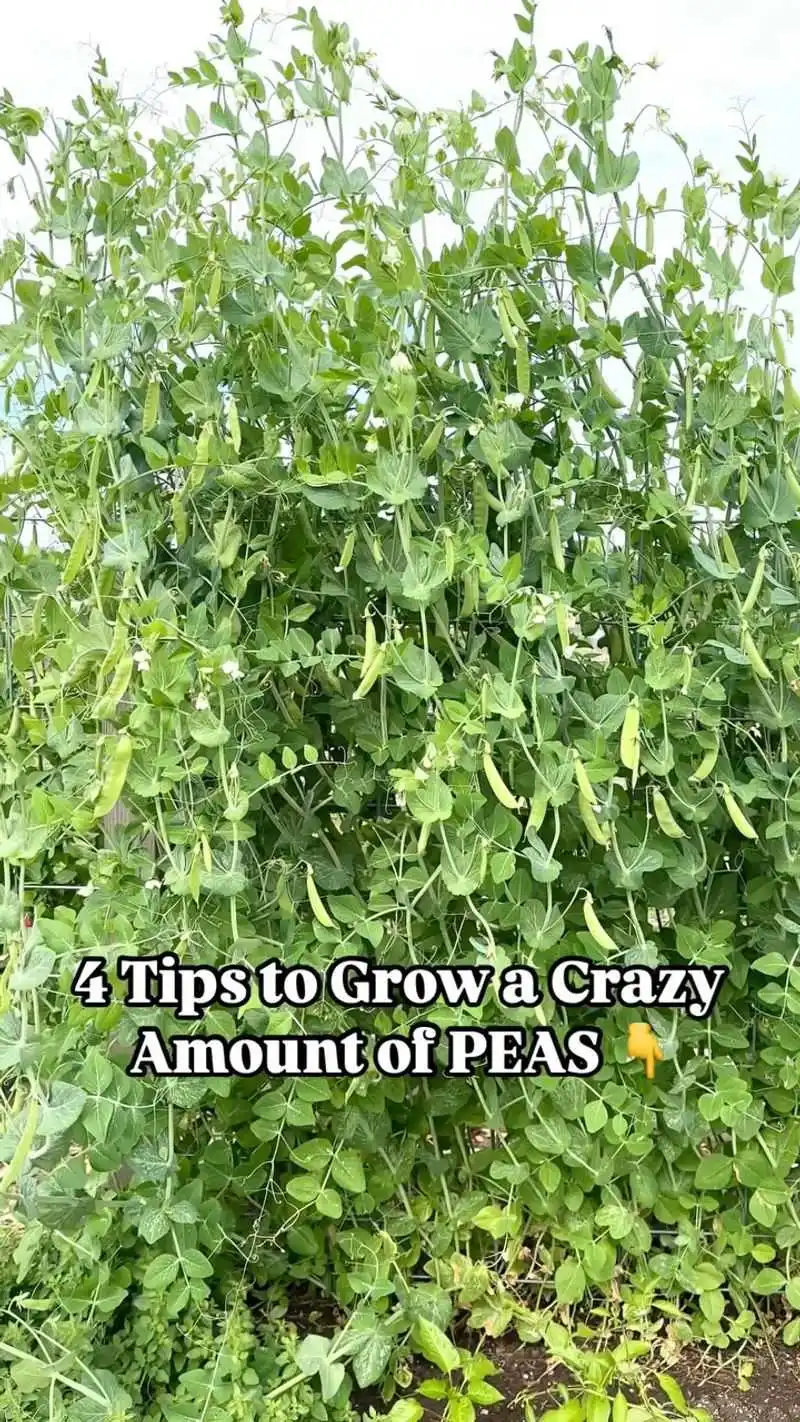
Beyond their culinary use, peas are essential for supporting soil vitality. These plants harbor Rhizobium bacteria in root nodules, enhancing nitrogen content in the soil and reducing the need for artificial fertilizers.
Pea plants are often used in crop rotations to maintain soil health and productivity. Their ability to thrive in various climates makes them a resilient choice for many farmers. The role of peas extends beyond nutrition to include fostering a healthy soil ecosystem, exemplifying the interconnectedness of plant life and soil health.

